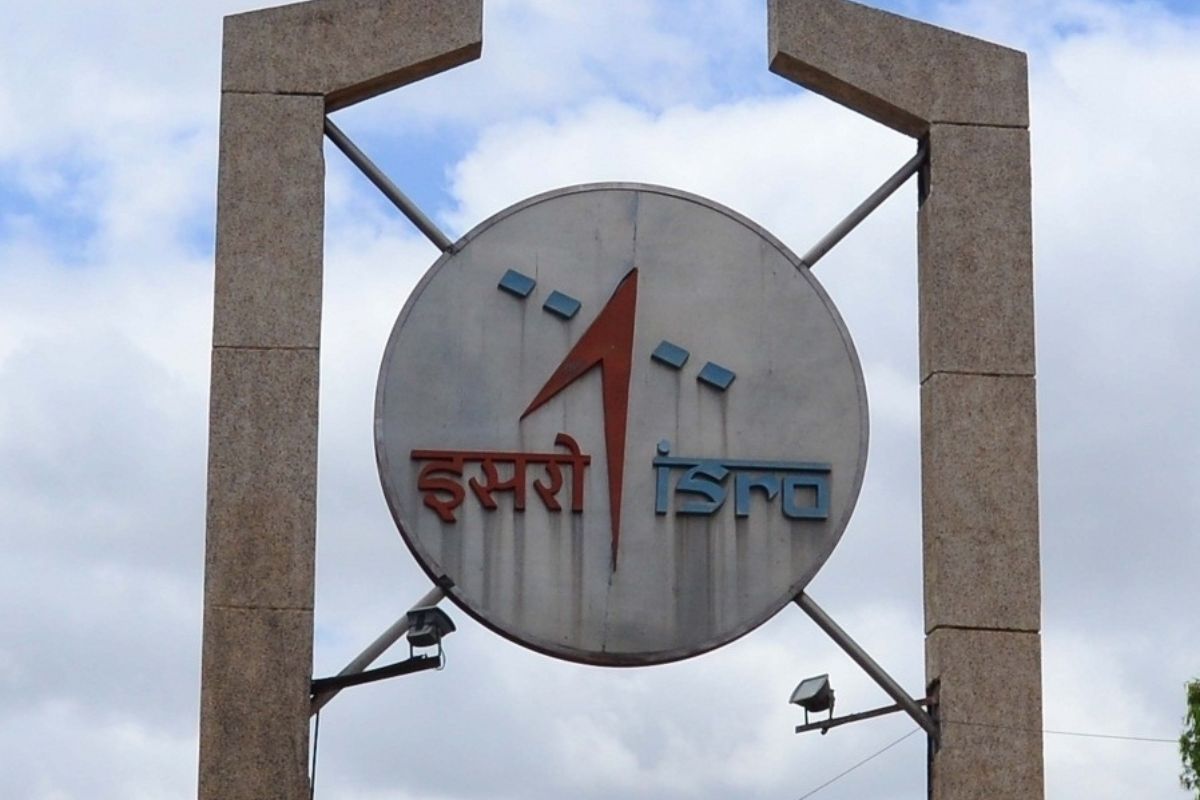IAF Jaguar Aircraft crashes in Ambala during training sortie, pilot ejects safely
A Jaguar aircraft of the Indian Air Force (IAF) crashed in Ambala on Friday during a routine training sortie after encountering a system malfunction.
As India unveils the crew for its inaugural Gaganyaan space mission, the nation stands on the precipice of a monumental leap in its space exploration endeavours.

Image source (IANS)
As India unveils the crew for its inaugural Gaganyaan space mission, the nation stands on the precipice of a monumental leap in its space exploration endeavours. The announcement, made by Prime Minister Narendra Modi, not only introduced the four-member crew but also underscored India’s intent to become the fourth country in the world to conduct a crewed space mission.
The names of Indian Air Force (IAF) officers Prashanth Balakrishnan Nair, Ajit Krishnan, Angad Pratap, and Shubhanshu Shukla may not resonate globally yet, but they are poised to be etched in the annals of history as pioneers of Indian space exploration. Awarded astronaut wings by Prime Minister Modi, they are the embodiment of the nation’s ambition to reach for the stars. Gaganyaan is not just a mission. It’s a symbol of India’s technological prowess and unwavering determination to push the boundaries of space exploration. With a budget of $1.1 billion, the mission aims to launch a habitable space capsule into orbit at an altitude of 400 km, marking a significant step forward in India’s space capabilities.
Advertisement
The Prime Minister’s assertion that time is ours, countdown is ours, and so is the rocket encapsulates the spirit of self-reliance that has come to define India’s space programme. It reflects a departure from reliance on foreign collaborations, showcasing India’s autonomy in the pursuit of scientific and technological feats. The pride emanating from Mr Modi’s words resonates with a nation that seeks to redefine its role on the global space stage. The selection of IAF officers as astronauts further reinforces India’s commitment to excellence in its space missions. The rigorous training undergone by the four mirrors the dedication required for space exploration.
Advertisement
Their journey from the IAF to the cosmos represents a convergence of national defence and scientific aspirations. Gaganyaan holds a special significance for a country that witnessed its first foray into space with Rakesh Sharma, an IAF officer who travelled to space in collaboration with the Soviet Union four decades ago. The current mission marks an evolution, a testament to India’s advancements in space technology since those early days. In a world where space exploration has been dominated by a select few nations, India’s entry into the exclusive club of countries conducting crewed space missions is a testament to its tenacity and vision. As the mission unfolds, it has the potential to inspire not only the youth of India but also the global community, showcasing that ambition knows no bounds. Gaganyaan is more than a scientific endeavour.
It is a symbol of hope and aspiration. It represents a nation’s collective dream to touch the skies and explore the unknown. As the countdown begins and the rocket propels the crew into the cosmos, India’s Gaganyaan becomes a beacon of human ingenuity and the relentless pursuit of knowledge in the vast expanse of the universe.
Advertisement